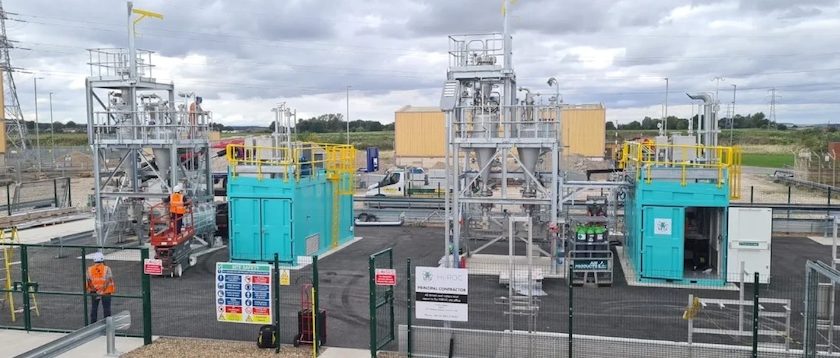The rapid destruction at the Avalon at Edgewater complex calls into question the safety of current New Jersey building codes. Fire may be unavoidable, but stricter building codes can reduce building damage and save lives.
The Portland Cement Association (PCA) applauded recent action by New Jersey Assemblyman, Scott Rumana (R-40), for moving forward with re-evaluating the codes of multi-family construction in order to avoid potential disasters, such as the Avalon at Edgewater. Assemblyman Rumana’s proposed legislation would require the evaluation of the appropriateness of light-frame construction for multi-family dwellings and would impose a moratorium on light-frame construction until a determination and recommendations are adopted. The fire, which displaced nearly 1,000 residents, spread quickly throughout the building due to the wood-frame “truss construction” used to build the complex.
“With concrete and masonry construction, as well as appropriate sprinkler application, most fires would not have the potential to spread this rapidly,” said Patrick W. Reardon Jr., executive director of the PCA Northeast region. “While developers might be tempted to save on initial costs by utilizing cheaper building construction, non-combustible materials such as concrete, masonry or steel minimize the damage that could be caused in an emergency and increase building costs only marginally.”
Based on a Fire Safety Construction Advisory Council (FSCAC) study, the cost difference ranges from three percent more to three percent less to switch to a two-hour non-combustible material.
Stringent provisions for fire safety are the basic requirements of the any code, including New Jersey’s, which is modeled after the International Building Code. However, the code permits numerous reductions in structural fire protection wherever sprinklers are present.
According to Reardon, recent passive fire protection provisions in new construction reduce the use of non-combustible materials like concrete in favor of installing sprinklers. “The concrete construction industries have long advocated for balanced design for property protection and life safety. This combines active systems, such as fire detection and suppression (sprinklers), with passive containment like concrete masonry and steel and provides an increased level of safety.”


